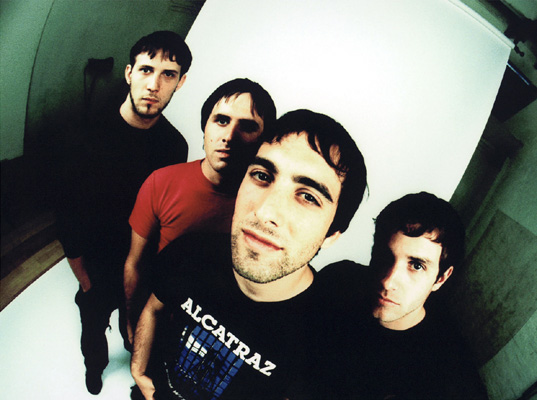
The Digital Economy Act was largely launched off the back of a report from the NSPCC that claimed more than half of children and teenagers that ended-up looking at porn "stumbled across" it. That means it's unlikely the porn changes will happen, if they do at all, until 2020. Digital minister Jeremy Wright told the House of Commons it would be at least six months until all the paperwork could be properly completed. Policymakers had failed to tell the European Commission about the porn-stopping plan and its wider consequences for people across the web.
However, just several weeks ahead of the roll-out the UK government had to issue an embarrassing retreat. Tricky legal measures meant that its 2018 launch was pushed back to the middle of 2019. The porn block was originally due to be implemented in April 2018, but it has suffered from huge delays and a large amount of incompetence.
#YOUTUBE BLOCKER BAND VERIFICATION#
A body needed to be appointed to oversee the law, punishments needed to be defined and, crucially, websites producing the age verification technology had to make it. The reason why it took so long? Setting up a system to monitor millions of websites is complicated. The law itself defines pornography (videos that should have an R18 certificate, or material that's designed to sexually arouse) and says how the web should be policed to stop children seeing adult content and introduces the powers to make sure age-checking landing pages are put in place.ĭespite being passed in April 2017, it has taken the UK government more than two years to get into a position where the law will start to be enforced.

The Act completed its maneuvers through parliament on April 27, 2017, and also says the UK should have a universal broadband service, gives extra powers to communications regulator Ofcom, and encourages the government to introduce more digital services.īut its the pornography element of the Digital Economy Act that's been the most talked about. The change that porn websites will have to make has been introduced by section 14(1) of the Digital Economy Act. These blocks will vary in appearance from one website to another but there's one thing that's certain: this approach is the first set of age checks being placed on porn anywhere in the world. This landing page won't go away until the visitor is able to show they're over 18 – old enough to view the adult material.


 0 kommentar(er)
0 kommentar(er)
